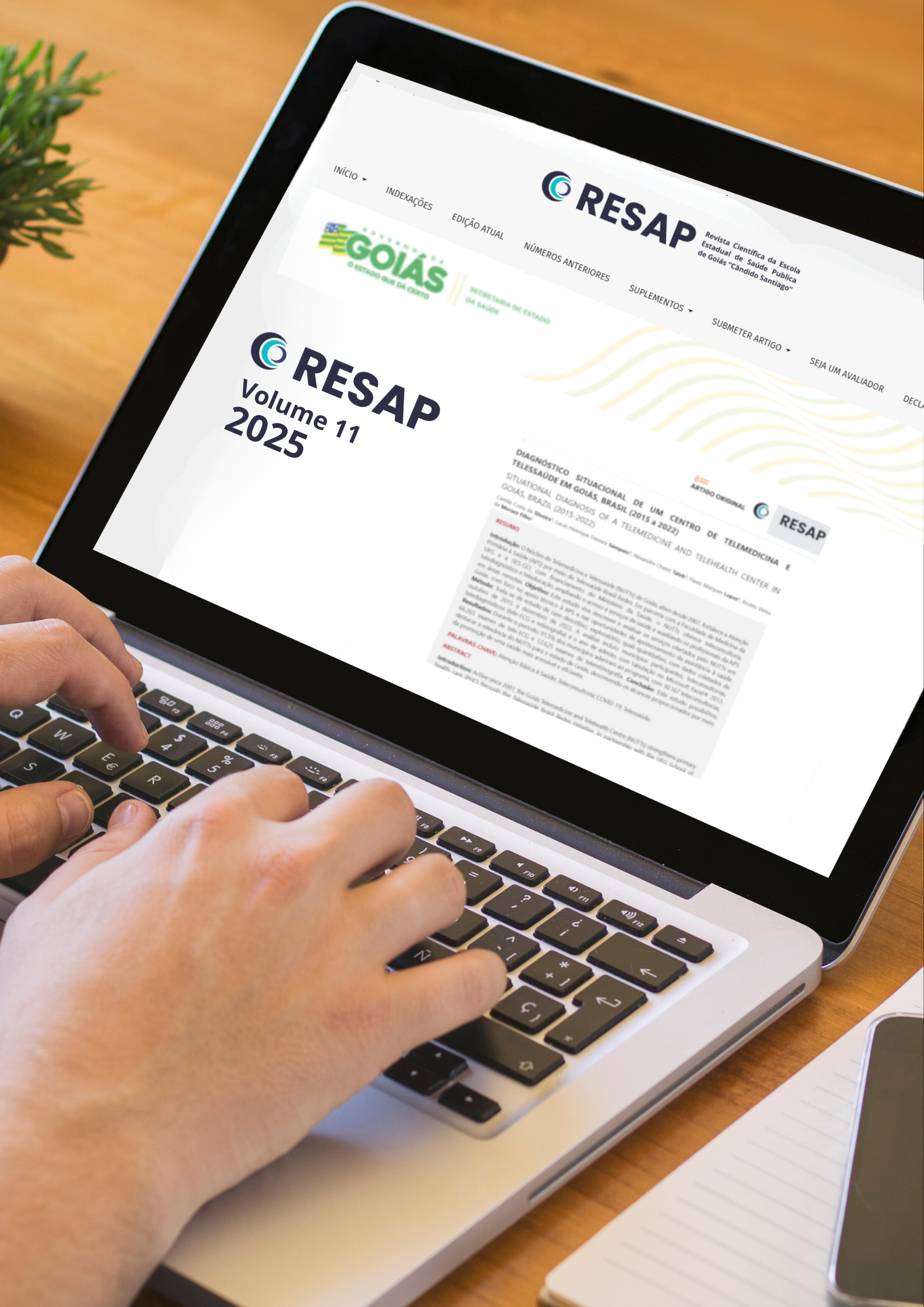Abstract
Introduction: Congenital syphilis is considered a serious public health problem worldwide and is associated with the socioeconomic level of the population. Objective: The aim of this study was to assess the incidence and mortality rates of congenital syphilis and the relationship with socioeconomic and health indicators. Methodology: This is an ecological and time series study carried out in the state of Paraíba between 2013 and 2022. The population was made up of congenital syphilis cases and deaths in Paraíba and stratified between the state's three health macro-regions. The socioeconomic and health indicators were processed and analyzed using Microsoft Excel 2016 and Stata 12 software, and the associations between morbidity and mortality due to congenital syphilis and the independent variables were analyzed using Spearman's correlation coefficient, with a significance level of 5%. Results: There was an upward trend in the incidence rate of congenital syphilis in Paraíba until 2020, from 3,4 to 7,6 cases per 1.000 LB between 2013 and 2022. For the statistically significant variables, this occurrence was higher in places where socio-economic indicators were better and lower where there was greater coverage of health indicators. All the deaths from congenital syphilis occurred in 7 the first macro-region. Furthermore, macro-region 01 was the only one with statistically significant indicators, influencing the result of the analysis of the state as a whole. Conclusion: The Covid-19 pandemic may have been the cause of the decrease in cases from 2020 onwards, in addition, underreporting is a determining factor in that places with better socioeconomic conditions have higher incidences. This shows the importance of investing in health and quality care as it contributes to the reduction in cases.

